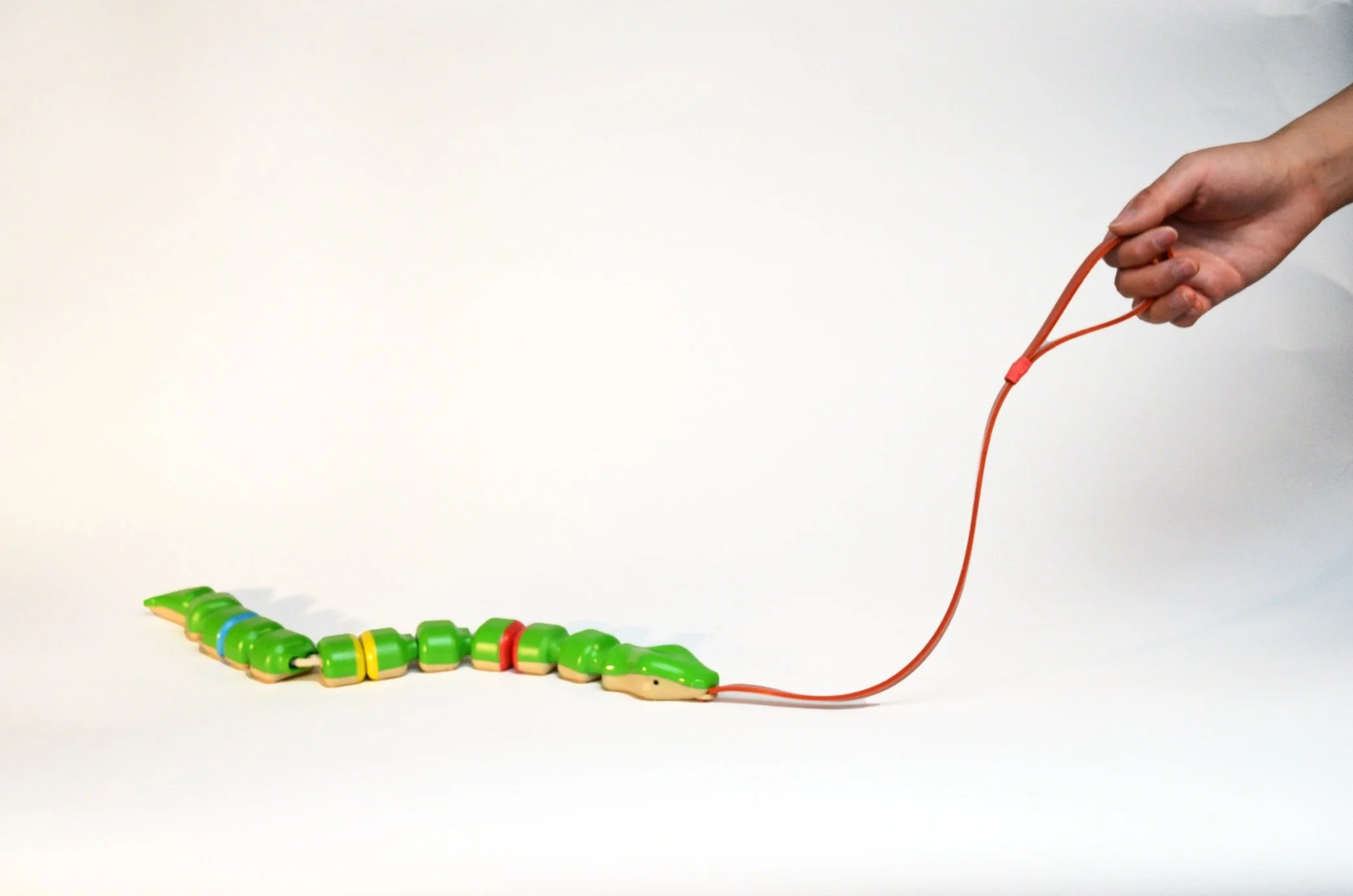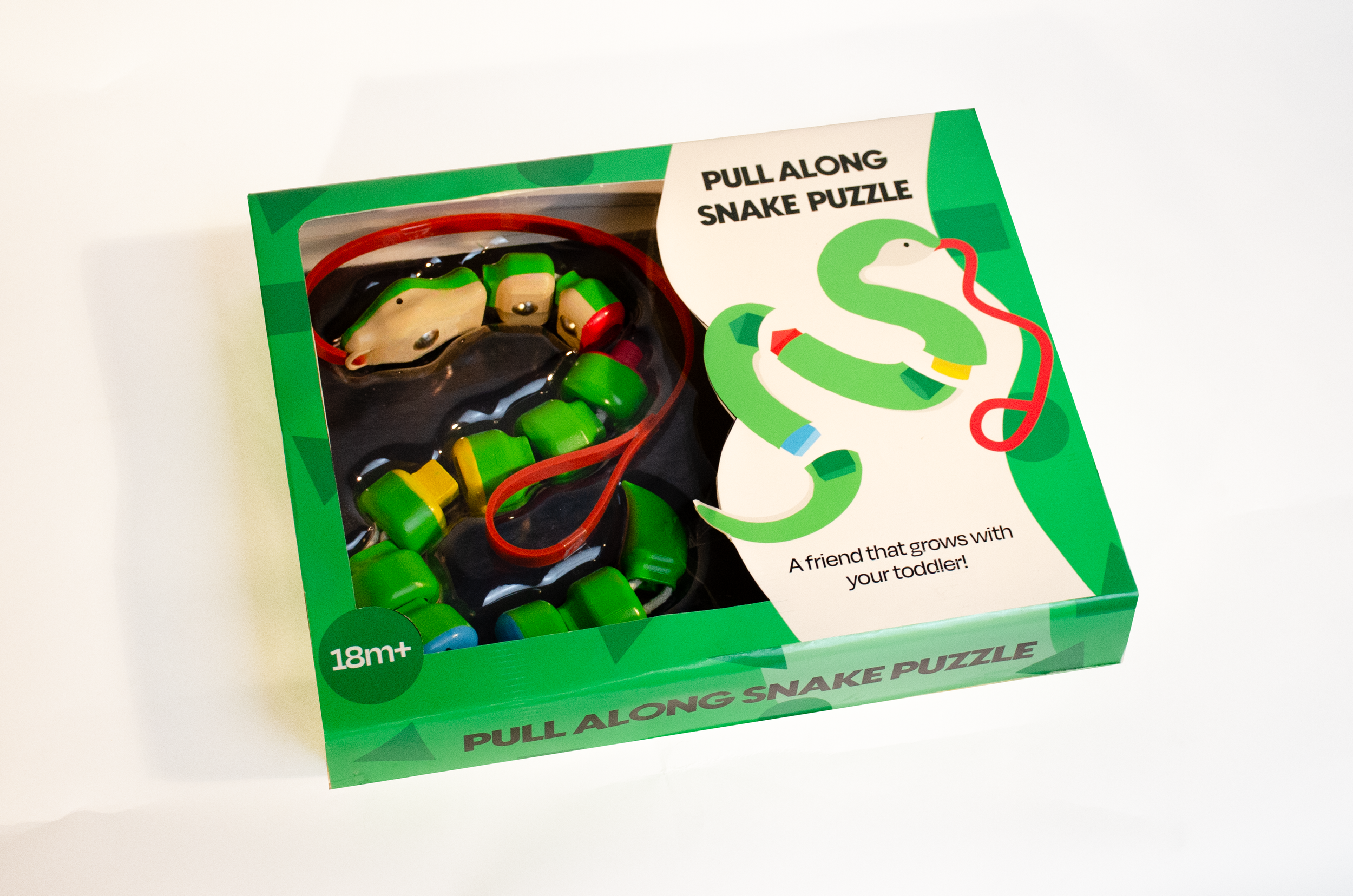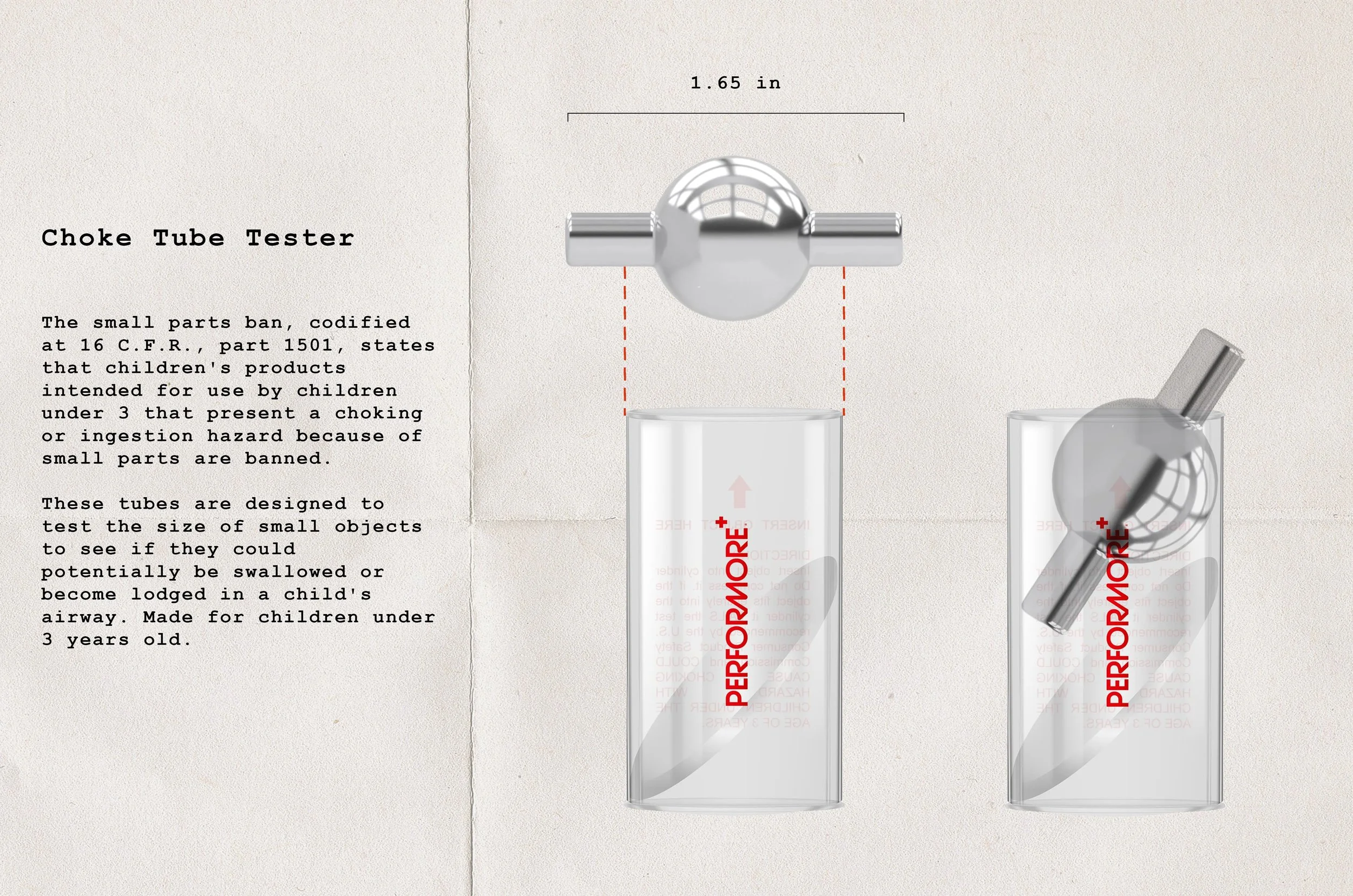SWIZZY THE SNAKE.
The Snap & Slither Snake is an interactive pull toy designed to foster color and shape recognition in toddlers, promoting early cognitive development through playful engagement.

Meet Swizzy
Wiggle, learn, and play with Swizzy the Snake! This interactive pull toy is designed to captivate curious toddlers aged 18 months to 3 years old while promoting essential early learning skills.
Features
Colorful segments snap together, encouraging fine motor development, color recognition, and shape matching
Wiggles and slithers in a lifelike motion, turning every stroll into a sensory-rich adventure
Encourages imaginative play, critical for cognitive, emotional, and social development






All components, including the 1.65-inch wheels, have been carefully tested to ensure they meet the safety standards for toddler-friendly use.
